A journey through the centuries in the Cathedral area of Terni
Immerse yourself in the history of Terni as you explore the area surrounding the Cathedral, a true monumental compendium spanning the different periods of the city.
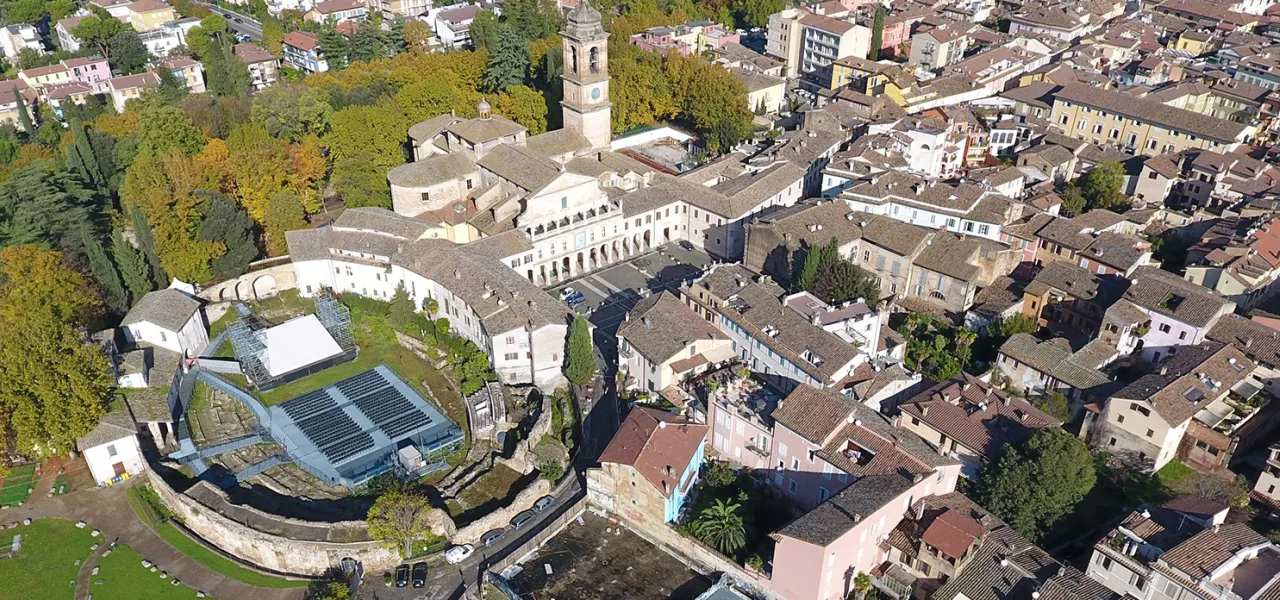
This itinerary will take you on a journey through the remains of ancient Roman and medieval walls, opening the doors to the beating heart of ancient Terni, where extraordinary vestiges have been preserved for our enjoyment.
Begin your adventure by envisioning the grandeur of Roman Interamna while admiring the majestic remains of the Amphitheatre.
The landmark of the entire district is the harmonious Duomo Square, which unfolds in front of the majestic Cathedral of Santa Maria Assunta.
Opposite the Cathedral, the square houses the noble Palazzo Rosci, also known as Bianchini-Riccardi, a 16th-century building that bears the signature of an illustrious architect, Antonio da Sangallo, although many attribute its creation to Vignola. Also enriching is this splendid square is the striking fountain by sculptor Corrado Vigni, who also created the statues adorning the façade of the Cathedral. This work of art symbolizes the Velino River flowing into the Nera, creating the magnificent Marmore Falls.
And don’t forget to visit the public gardens "La Passeggiata", a green oasis that embraces this area of Terni. Here, you can immerse yourself in lush vegetation while admiring the city walls lining the perimeter of the gardens, providing a sense of tranquillity and serenity.
THE STAGES OF THE ITINERARY
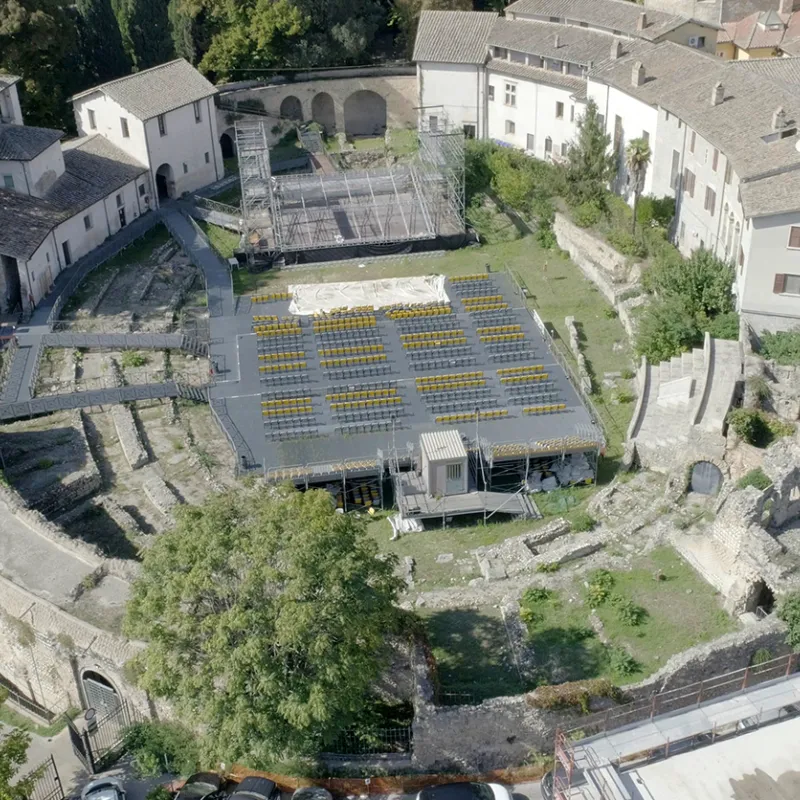
One of the most significant pieces of evidence of the rich historical stratification of Terni and the most imposing preserved monument from the Roman era of the city, called Interamna, is the amphitheatre, of which remarkable remains can be admired near the Cathedral.
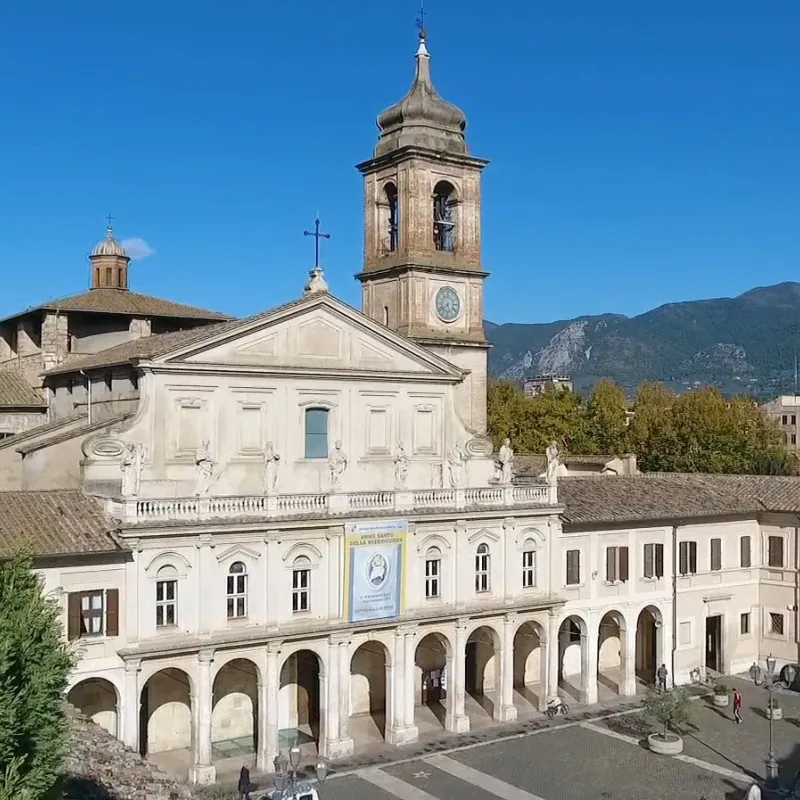
The Cathedral of Terni is dedicated to Santa Maria Assunta and its actual appearance is the result of the reconstruction work carried out between the 16th and 17th centuries. A local tradition that has never been verified attributes the project to Gianlorenzo Bernini.
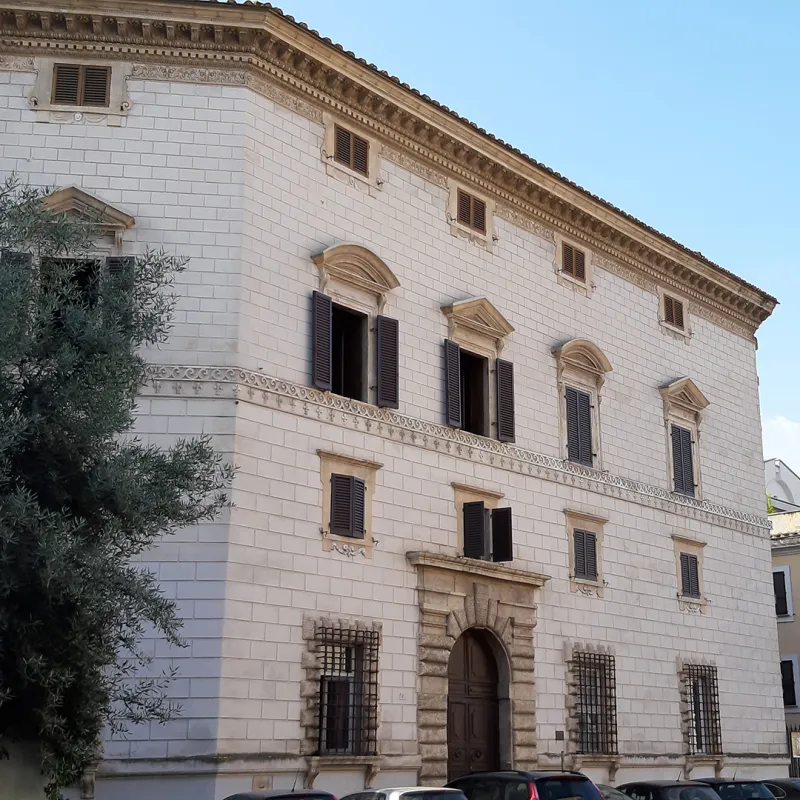
Palazzo Rosci (or Rossi), now named Bianchini Riccardi, dates back to the 16th century. Attributed by some to Bramante, by others to Vignola or Sangallo, for now it remains without an "author".
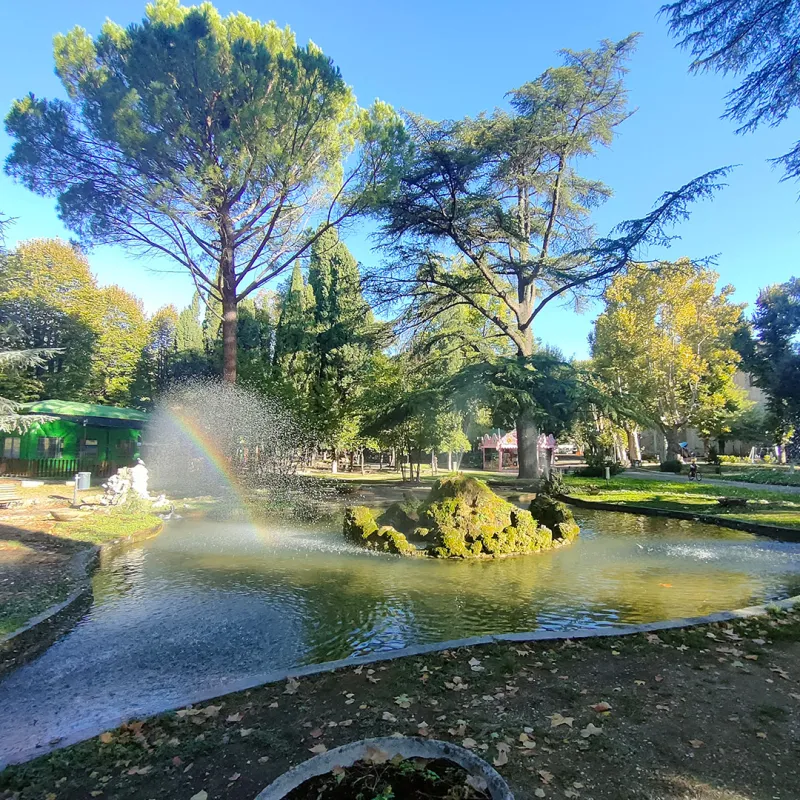
The Passeggiata public park was originally a green area at the disposal of the bishopric (the bishop’s gardens) and extended from the apse of the cathedral to the city walls.
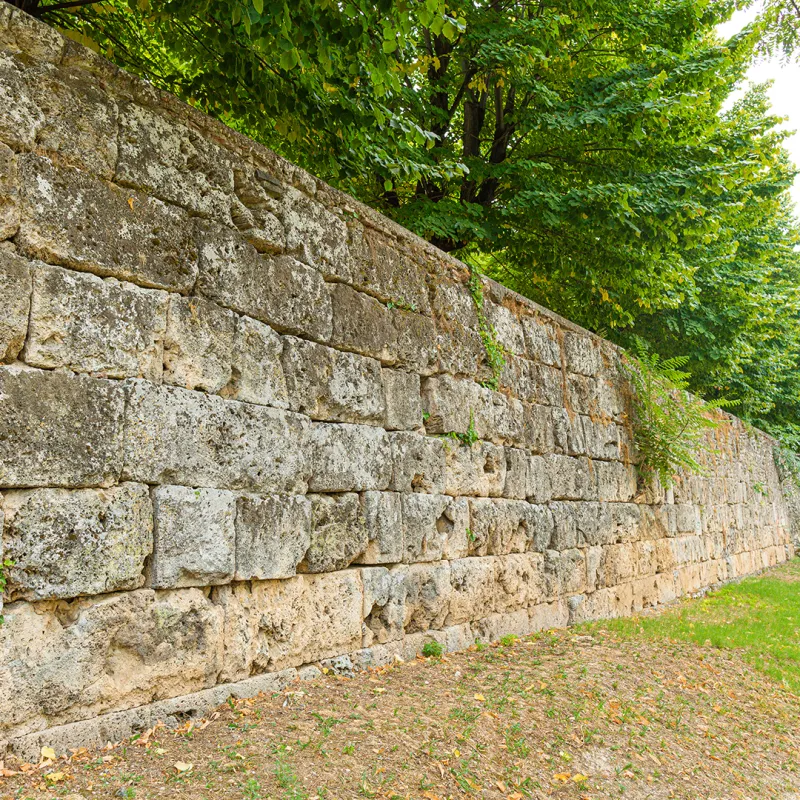
Until the second half of the 19th century, the city of Terni was entirely enclosed by the Nera River, the Serra stream, and the Romanesque-medieval city walls that stretched almost 3 km to the south.